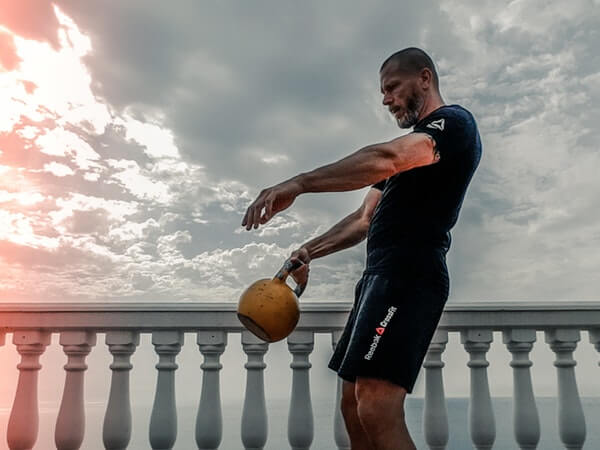
There’s so much unknowing advice about health and fitness being handed out freely at every corner, even despite all evidence to the contrary. Enter a gym, and you’re very likely to get a “pro tip” on your routine from a fellow exerciser or a training rec who has not brushed up on their fitness knowledge since the early 2000’s. Although well-intentioned, this dated information that lacks the support of scientific evidence can do more harm than good for someone trying to reach their fitness goals. Whether you’re looking to slim down, tone up or just live a healthy lifestyle, we’re here to debunk the most common myths so you can have productive, healthy workouts.
Working out twice a week does it
You can exercise just twice a week to reach your goals, as long as you target all areas and get a good sweat going, right? Wrong. For sustained health benefits, you need to stick to a structured exercise program at least 3 days per week. And it’s not just about exercising, but rather being physically active and just moving every day because various researchers are proving how sitting is detrimental to health and counteracts the activity that you do.
Everybody has different fitness needs and not all cases are the same, but the general rule is: at least three days of a structured exercise and something else on all other days, such as walking, running, bicycle riding, stretching, dancing etc.
The best time to work out is first thing in the morning
This is partially true, but definitely not a rule. Some studies have shown that working out first thing in the morning can help speed weight loss because it primes the body to burn more fat throughout the day.
But that’s just a tip that could possibly help someone trying to lose weight, and depends on a number of other factors, such as diet, the exercise regime and physical activity throughout the rest of the day. The important thing when it comes to workouts is consistency, a daily habit that you can stick to no matter what time of the day.
Lifting weights will make a woman look bulky
Probably the most annoying and ignorant myth of all, yet this opinion is widely popular to this day. Do you know how much it takes for a bodybuilder to bulk up? It takes complete and absolute devotion – long hours at the gym, very strenuous training and carefully constructed meals measured to an ounce.
And people seem to be forgetting that testosterone is what helps bulk up so noticeably. So no, there’s absolutely no way you’ll end up looking like The Hulk just by lifting 15-pound weights, even if it’s every day. Standard weight training actually helps women lose weight faster, tone, and keep the weight off.
More sweat = less fat
Fat does not vaporize through sweating, and sweating is a way for your body to cool down. It doesn’t have to be a measure of your exertion. You can have a perfectly good workout without sweating as much through exercises like Pilates. The point is intensity and how far you push yourself. Some people simply sweat more than others.
Protein supplements are for men looking to bulk up
Um, what? The point of consuming protein powder is to rebuild damaged muscle tissue after a workout and boost protein synthesis without having to eat a heavy meal. Again, just like with weight lifting, it takes so much more to bulk up.
There’s a wide variety of protein supplements that are consumed to help reach various goals, whether it’s weight loss, fuelling workouts, assisting metabolizing fat, toning etc. and they all enhance muscle recovery. There are also protein supplements made specifically for women in the form of different weight loss blends that accelerate metabolism and help burn fat.
Exercise to target fat in certain areas
That is physically impossible because fat is stored in cells that build adipose (fatty) tissue, which is found underneath the skin, between muscle, and around internal organs. You can’t spot treat fatty tissue that is spread throughout the body. You can, however, target particular muscles with exercise. Diet plays a key part in reducing fat.
Stretch before workouts
Yes, definitely true – but not the kind of stretching that the majority of people do prior to exercising. Gym-goers mostly stretch by holding a particular pose, but it’s the dynamic stretches you should be starting your exercise with. Moving stretches set the muscles in motion, increasing their overall performance for the workout to follow.
Also remember that although that sore feeling after a workout actually feels pretty satisfying, it’s not necessarily an indicator of workout effectiveness. People respond differently, and it’s quite possible to have delayed muscle soreness and in different levels. Besides that, the biggest fitness myth that has to be chucked away immediately: you don’t have to wait until Monday to start.

